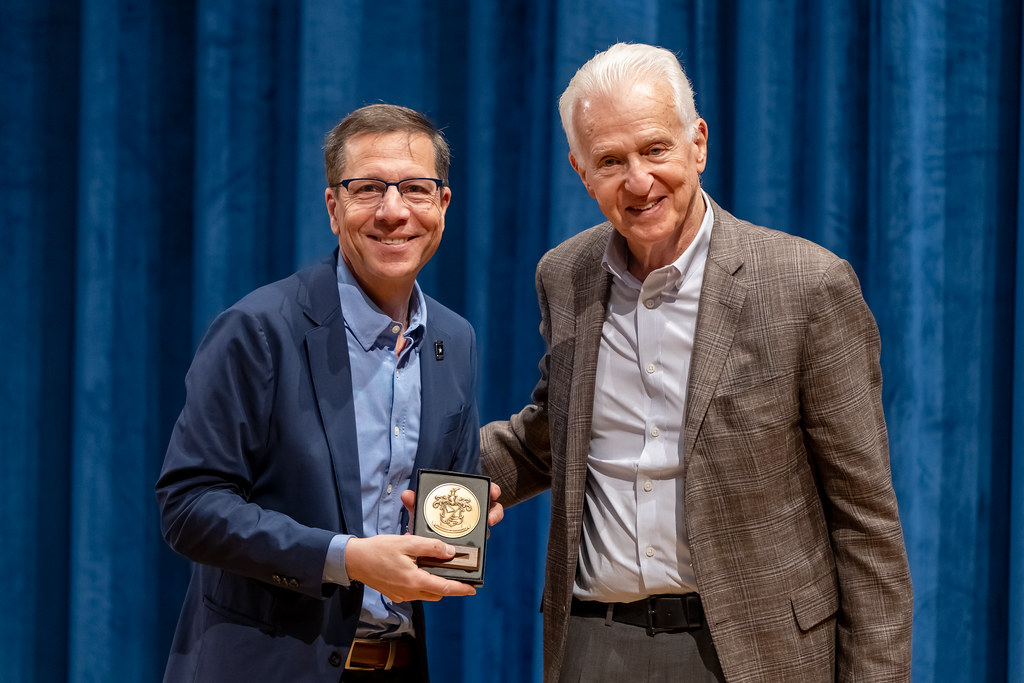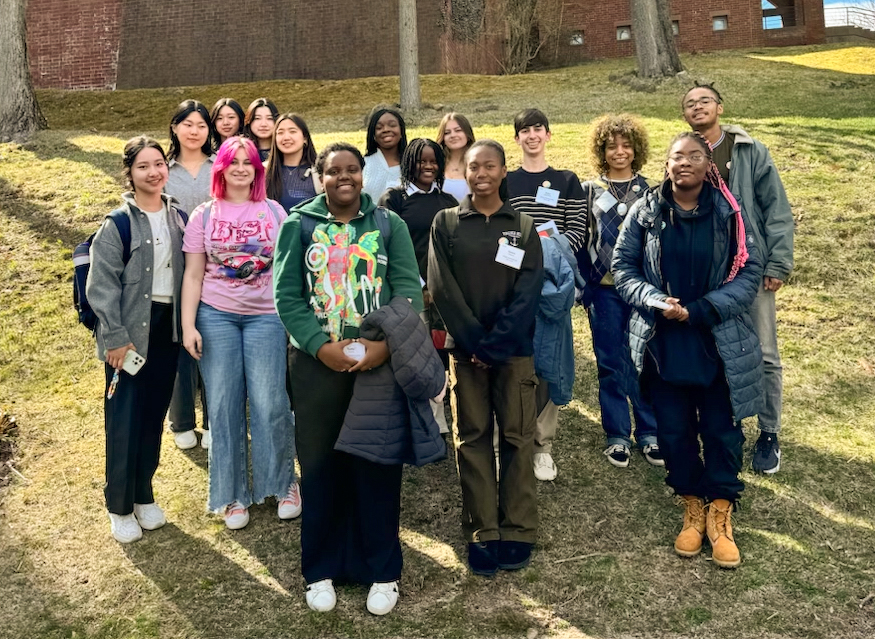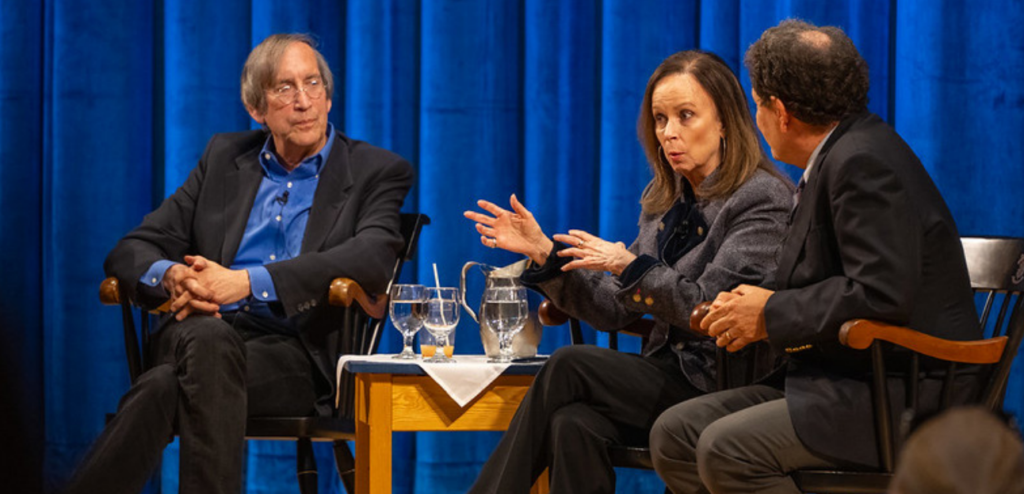
Graphic by Sesame Gaetsaloe/The Choate News
Though many students were able to return to campus in October for the fall term, both students and faculty continued to take advantage of virtual methods of communication. Since last year’s spring term, Choate students have been learned using virtual platforms such as Zoom in order to ensure the community’s safety.
For some teachers, the transition to virtual learning was not a significant hurdle, as they had already incorporated technology into their classrooms before the pandemic. “It wasn’t super hard to transition to remote because everyone has an iPad, and I am able to share my screen on Zoom,” said mathematics teacher Ms. Stephanie Neul. “I can still do major tasks that I do in the classroom, such as projecting notes everyone can see and asking questions.”
HPRSS teacher Mr. Neil Shimmield said of virtual discussion-based humanities classes, “It’s easier to complete more tasks, as there are fewer distractions. Travel time is minimal, and I find it much more helpful to have meetings over Zoom rather than waste time going to a building.”
Though most teachers were able to transition to the new platform easily enough, they still faced difficulties replicating an in-person classroom environment. “It’s hard to see the kids work. They can share their screen, but it’s not as seamless as being able to walk around,” noted Ms. Neul.
Mr. Shimmield added, “You can do more things in the classroom. I can give reading quizzes in the classroom to make sure students do nightly readings, but I can’t do it online, as it’s too easy to cheat.”
The transition for students hasn’t been without challenges, either. “Being an international student, the biggest challenge for me has been the difference in time zones,” said Lauren Kee ’24. “Classes run pretty late into the night for me, which makes it challenging to stay engaged and energized.”
The transition to online learning has proved especially difficult for the Arts Department. “One of our biggest challenges is how to share what we’re doing. It’s not as easy as gathering in the theater at the PMAC or the studio to rehearse,” said Ms. Kalya Yannatos, Head of the Arts Department. “As a dance teacher, teaching on Zoom is a nightmare. The latency of the music and not being able to see the students’ whole self in the way that is so essential for dance was a challenge.”
The limited space offered in both Colony Hall and the Paul Mellon Arts Center reduced the number of in-person meetings held by many ensembles and dance classes. In visual art classes, none of the teachers taught classes in-person during the fall term.
However, the Arts Department will continue to adapt to the unprecedented changes. Accommodating students from different time zones, dance classes have been pre-recorded so that students can tune in at any time. To allow students the opportunity to use the Arts centers, a practice room rotation system in Colony Hall has enabled music students to access spaces where they can practice their instruments.
Though there have been many difficulties with adapting to the challenges of the pandemic, some students have also felt that hybrid learning in the fall term was able to successfully preserve aspects of the Choate experience. “I’m so grateful that I had the opportunity to be on campus,” said Kee. “I was able to make friends in my classes, my dorm, and extracurricular activities outside of the designated class periods.”
Ms. Yannatos said, “My heart is full of hope knowing that eventually we’ll get through this tunnel.”




